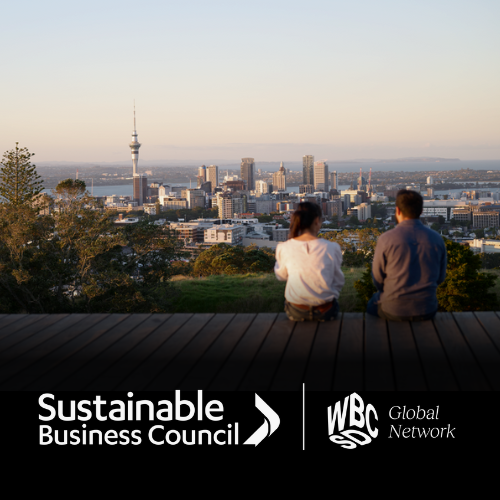The Paris Agreement
The climate change agreement reached in Paris has been hailed as a breakthrough
that signals a strong will globally to address climate change. Here’s
a quick summary of the Paris Agreement and what it means for business.
The climate change agreement reached in
Paris has been hailed as a breakthrough that signals a strong will globally to address climate change. Here’s a quick summary of the Paris
Agreement and what it means for business.
The final agreement was more comprehensive than many expected. The Conference of the Parties (COP21) has
agreed to:
- Reach a global peak in emissions as soon as possible
- Cap temperature increases at 2°C degrees above pre-industrial levels
- An aspiration to limit temperature increases to 1.5°C
- A long term goal for net zero emissions by some time in the second half of the century.
Unlike under the Kyoto Protocol,
everyone is expected to play their part – both developed and developing
nations. Key elements of the agreement that will be important for achieving the
goals include:
- Review – INDC plans submitted by countries so far would see temperatures capped at 2.7 degrees at best. To encourage more ambitious efforts, under the agreement countries will undertake a facilitative dialogue in 2018 to take stock of the collective efforts of Parties in relation to progress towards the long-term goal, and in addition they need to update their current pollution-reduction pledges by 2020 and then every five years after. The first assessment or ‘global stocktake’ in 2023 will assess the collective progress towards the goals, and then five yearly after that.
- Transparency – The agreement introduces a framework for monitoring, measuring and verifying emissions reductions. This includes some reasonably robust information requirements to be submitted. Better transparency will see greater pressure on countries that are underperforming.
- Compliance – The agreement appears to lean towards light compliance, but all parties will have obligations to mitigate emissions.
- Markets – The role of carbon markets is set to expand. Countries can, subject to some accounting and unit quality rules to be developed, engage on a voluntary basis in markets (‘cooperative approaches’) that involve the use of trading units (‘internationally transferred mitigation outcomes’) towards nationally determined contributions (‘targets’). The agreement also sets up a “mechanism to contribute to the mitigation of greenhouse gas emissions and support sustainable development” (possibly something akin to the Clean Development Mechanism, but this is as yet unclear).
- Finance was, as expected, key to unlocking the new agreement. Public and private sources will mobilise $USD 100Billion per year to 2025 with a new goal to be set at that point. The agreement calls on countries to take into account the adaptation needs of developing countries, especially those particularly vulnerable to climate change, the least developed countries and small, island developing states.
While the INDCS won’t be legally
binding there is a strong relationship to the transparency, review and
reporting provisions. INDCs submitted will, for example, continue to be
made public. And they must be appropriately accounted for, with the expectation
that those rules from the Convention and the Kyoto Protocol that continue to
have efficacy under the new Agreement will be taken into account.
What happens next with the Paris Agreement
Lots of work, starting with meetings
during 2016 of the new Ad hoc Working Group on the Paris Agreement (AWGPA)
which replaces the now concluded Ad hoc Working Group on the Durban Platform,
and the two subsidiary bodies, to commence work on the Paris decisions.
New Zealand approach and next steps
- New Zealand has issued a Ministerial Declaration on Carbon Markets.
- New Zealand’s interests around land-use appear to have been reflected in the agreement. It contains a reference to “the fundamental priority of safeguarding food security and ending hunger, and the particular vulnerabilities of food production systems to the adverse impacts of climate change.”
- New Zealand was part of the group of countries calling for the 1.5 degree limit to be included.
- A review of the NZ Emissions Trading Scheme is underway with two deadlines – 19 February and 30 April 2016. We will host a workshop for members on 12 February. The aim is to get approval for the first part of SBC’s submission, due in February, and to identify key points SBC will make in response to the second part of the review – due in April.
- SBC will continue its work on climate change. In 2016 we will be reconvening groups on short term action and how to bring about long term systemic change. Get in touch if you would like to get involved.
Want to read more?
Here is the final version of the adopted
Paris Agreement.
And the SBC and BusinessNZ reaction to
the Paris Agreement:
Contact:
Phone:
Email:

